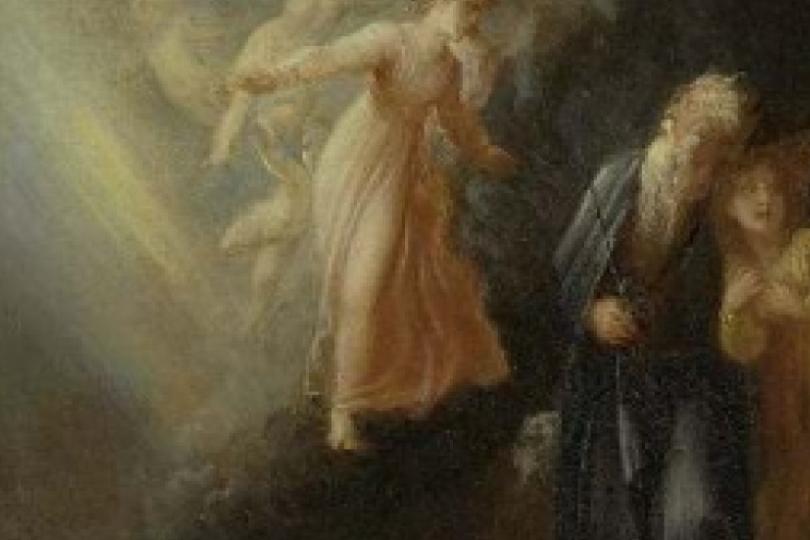The fundamentals of fear
Editorial

Yes, sometimes people go to the theater to experience something decent and life-affirming like “a sense of community” or “the unbridled joy of existence” or “profound insight into one’s own humanity.” That’s fine, if you’re into that sort of thing. But sometimes, when no one is looking, people go to the theater because they want the bejeezus scared out of them. That’s what I like.
Telling a good horror story on stage is no simple task. But, for those demented enough to undertake such a challenge, I’m here to offer my help. I’ve been producing, adapting, writing, and performing theatrical tales of terror for seven years and in my experience, the following four concepts are the fundamental necessities for instilling fear into your audience/victims.
The Basics
First you need the same basic elements that are required for any kind of story: a sympathetic character facing a challenge. The emotional bond that the audience creates with your character is what makes that audience feel afraid when that character is put in danger.
Not every character in a story necessarily needs to be sympathetic, but when something threatens a character that the audience isn’t invested in, they may prefer something bad to happen to him or her. Fun? You bet. But it’s not making your audience afraid. Note that a character does not need to be perfectly kind or to accomplish every task successfully to be sympathetic. People can just as easily sympathize with making mistakes or feeling misanthropic. But you want to make sure the audience gets at least a hint of the character's inner worth.
The challenge itself is equally important. The nature of the threat to your character is a defining aspect of horror stories. Often characters are struggling to survive. If they fail, the consequences can be downright grisly. Part of telling the story is making sure that the audience understands the stakes. Almost universally, the main threat to a protagonist in a horror story will have claimed previous victims, and the audience has either seen the results or heard a vivid description.
Controlling Tension
A horror story is measured by the rhythm of its tension, the back and forth between dreading a threatening force and actually being confronted by that threat. Simple atmospheric elements can be used to increase tension: sounds rising in pitch or volume or any sort of repetitive rhythm increasing in speed. Tension can be increased by lingering on the edge of a plot development the audience anticipates.
It is important to keep in mind that when the audience is startled it increases their sense of unease, but it releases tension. When your character slowly opens a creaking closet door, something that jumps out will scare the audience, but the dread goes away. You will need to rebuild the audience’s sense of foreboding before you can scare them the next time.
Unreliable Environment
This is a story element that I believe to be unique to horror, but vital. No matter how safe an environment may have seemed at the beginning of a story, it must be shown to be at least unreliable, if not outright threatening. It may literally be that the location is actively threatening characters or perhaps the real threat is hiding somewhere within.
Often in horror stories, characters are confined to smaller and smaller spaces (which is a great way to increase tension). Another aspect of an unreliable environment is any sort of similarly diminishing resource. The characters inhabit a world where they are running out of time or bullets or food or blood or anything else vital to their survival.
Transgression
Horror stories are about people who literally or metaphorically wandered into the darkness. They stepped away from the hearth of home and ventured into the wilderness. It is no coincidence that people attach telling ghost stories to sitting around a campfire, when you are so very close to the realm of shadow. But we don’t tell these stories purely as a warning to never indulge this transgression. We tell the stories of people who dared to step out of the safe world of the light so that we do not have to spend our lives fearing the dark.
The very act of being in the audience for a horror story is a transgressive act. Horror stories often depict lurid behavior and possess a corruptive influence. Audience members understand the unspoken warning: “You should not be here.” But for many of us, there’s no place we’d rather be. Because the next time we wander out into the darkness, it will feel a little more familiar.




